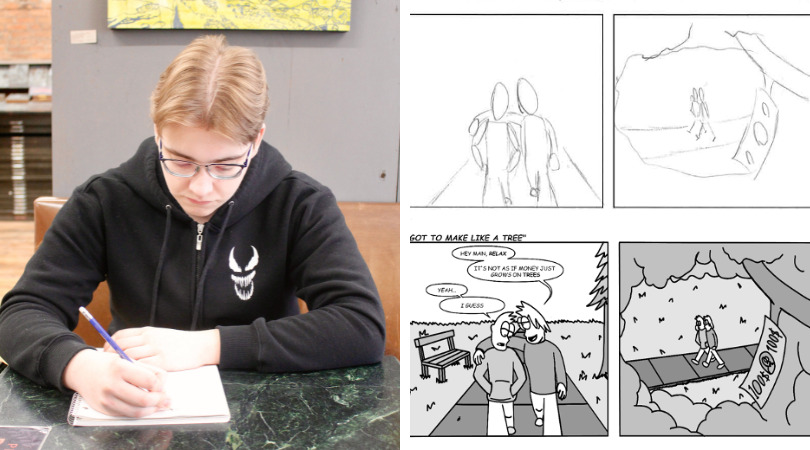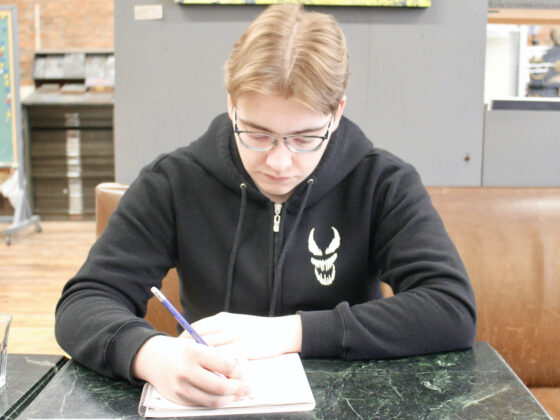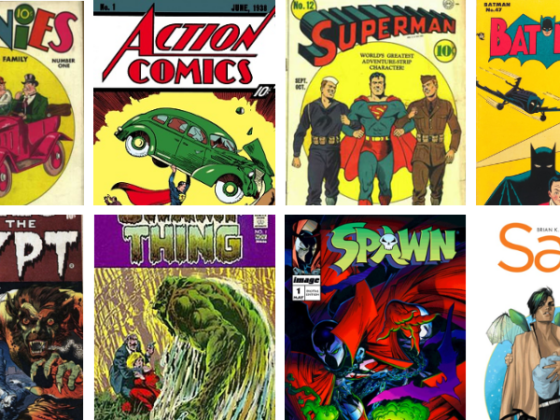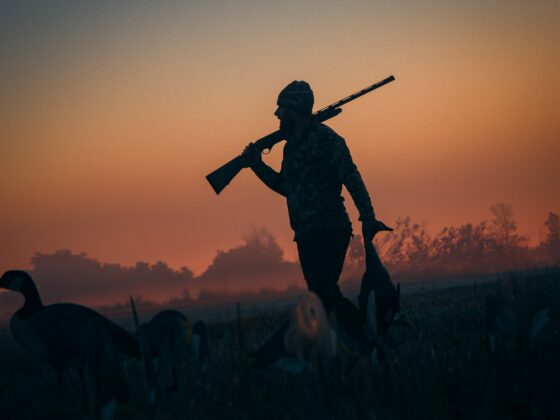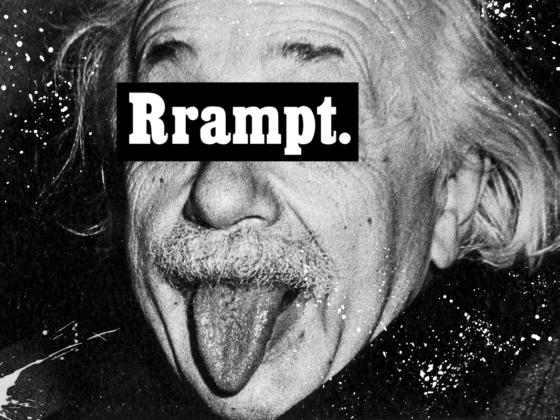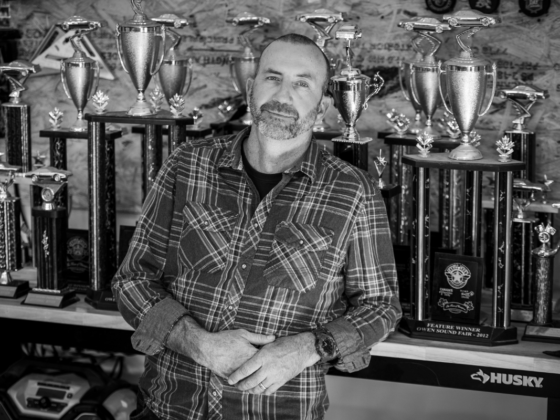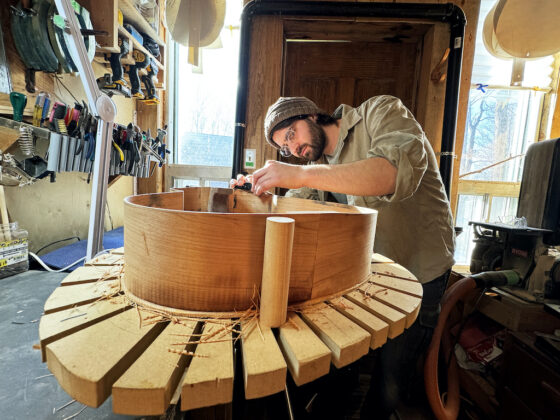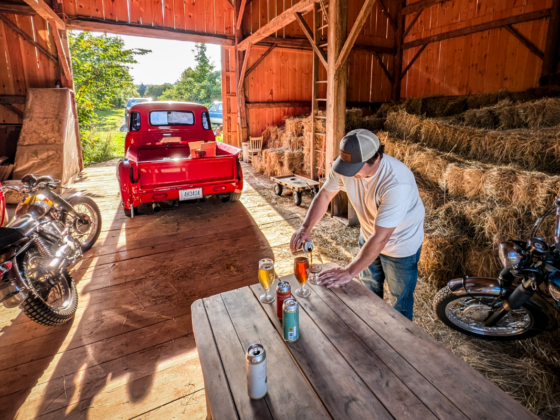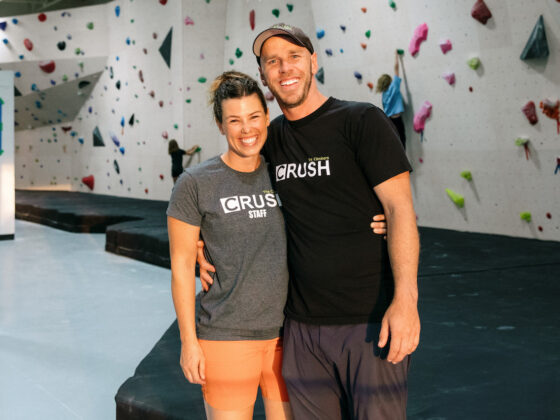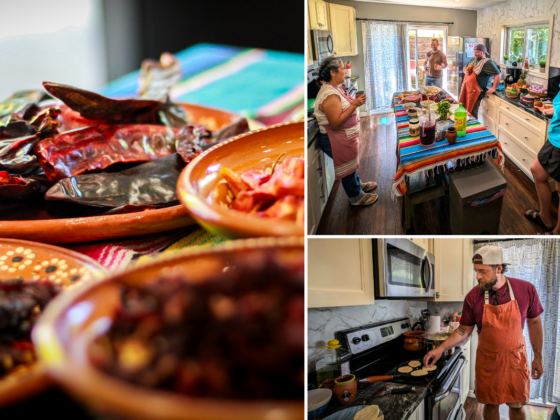My experience making comics may differ from those who have been doing it for years, but either way, I’ve broken it down into a few steps that I follow so that I don’t forget anything.
Note that I made all these steps through trial and error, and that if there is a coined name for a certain step I most likely don’t know it. Second note that these steps are for short punchline comics and aren’t for major comic books. But the process is similar.
My Process:
The first thing I do when creating a comic is brainstorming with my friends and co-creators Kole McCulloch and William MacDonald. We normally sit in a random classroom or at friend’s house. For a while we’re just thinking of random things, until we come up with something we find funny, or something that we think others would find funny.
But when an Idea for a joke does pop up, we write it down as fast as we can. Ideas fled fast; jokes fled even faster. If someone has an Idea for a joke for one of the comics, even if at first it doesn’t seem logical in any sense, it doesn’t matter. We just write it down. Whatever comes to mind, we work out the logistics later. Sometimes we even ignore proper grammar and spelling mistakes, but we do this just to get the idea out of our heads and on paper. Obviously, we fix it later, but the most important part is getting the Idea down.
Then comes the dialogue. The dialogue is normally written down along with the idea, but most of the time the main joke is visual, and since we always add the dialogue last to the final product. It’s never too late to change it. Sometimes we even come up with better dialogue halfway through the making of it. And end up turning it into something better than what it was before.
Now I’m the only one of the three who illustrates the comics, and as one can see, I’m not the best illustrator in the world. But I feel with every comic I get a little better each time. As you can see through my process, I start with a fairly basic sketch and gradually start to fill in the blanks and add more detail. It’s never too late to add some more detail in any stage of the process. That’s at least what I think anyway.
Eventually, when I’m done with all the line work I start to add ‘colour,’ though I shouldn’t be calling it colour since it’s just various shades of grey. But, to be honest, I was never really a big fan of colour. I feel you can somewhat achieve the same thing with just black and white and everything In the middle. Or at least the effect I want to go for. I’m not just saying that because I don’t know how to draw in colour.
Last but not least of courses the dialogue and speech bubbles. I get this done by using an application called “Clip Studio” which was grateful suggested to me by a friend from my school newspaper when they where using it for their comic.
And that’s how it’s all done.
Step one:
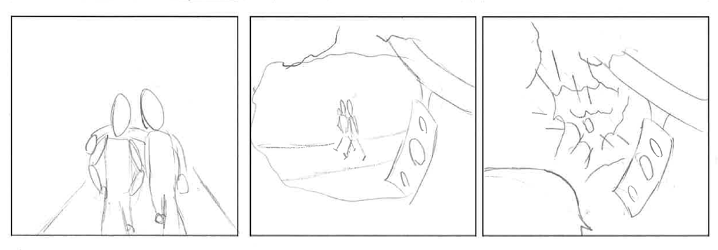
Step two:
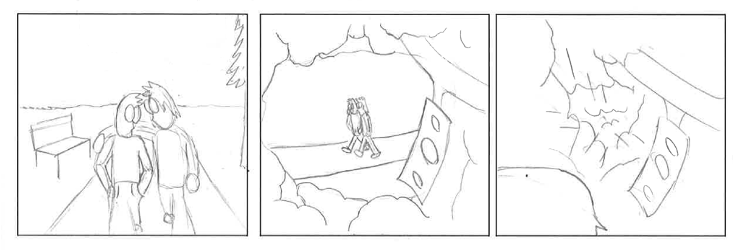
Step three:

Step four:

Step five:
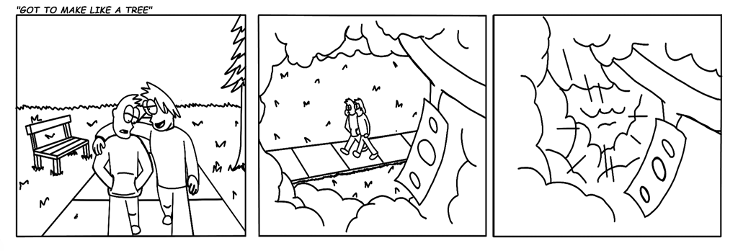
Step six:
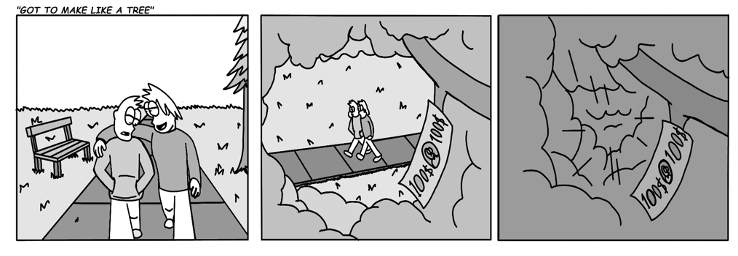
Step seven:
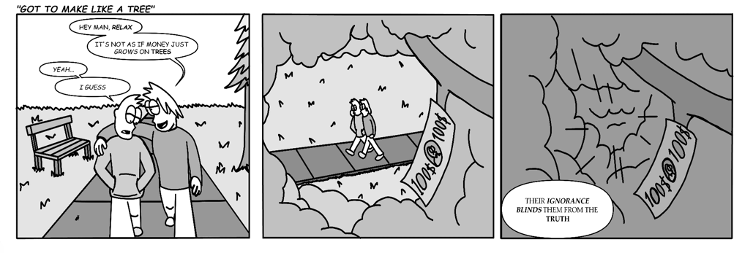
Words and images by Wesley Daniels
Wesley is co-op student with Rrampt

